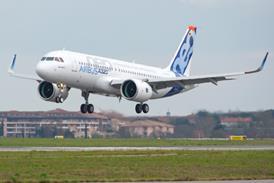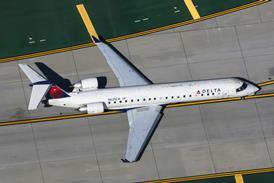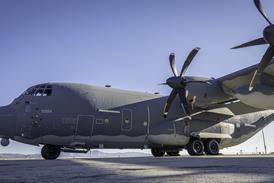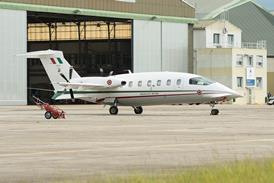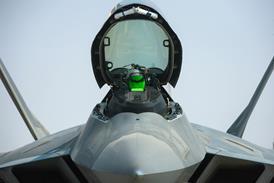Airbus is raising its estimated demand for new aircraft deliveries to 42,430 over the next two decades, with a higher proportion – some 44%, compared with last year’s prediction of 42% – set to serve as replacements.
The airframer has outlined its expectations in its latest global market forecast, covering 2024-43.
It predicts the worldwide fleet – covering passenger aircraft above 100 seats and freighters above 10t payload – will rise from 24,260 to 48,230.

The 20-year demand in the passenger market includes 33,510 single-aisle models and 7,980 widebodies, a greater emphasis on single-aisle aircraft than the airframer’s previous forecast.
Airbus points out that single-aisle backlogs at the beginning of 2024, amounting to over 13,000 aircraft, mean that the narrowbody sector still has an open demand for over 20,000 airframes.
Head of market analysis Bob Lange says the outlook is based on a world annual GDP growth of 2.6%, and a 3.1% trade growth, while the economic middle-class population – a sector likely to consider air travel – will increase by 1.7 billion.
“We’re still seeing a very short-term, strong recovery [from the pandemic],” he says. The airframer projects world air traffic growth over the next three years of 8.4% annually.
But Lange says it predicts the trend will then “stabilise to a more normalised level” of 3.6%.
Nearly 2,500 freighters will complement the passenger deliveries.
Almost 10,000 aircraft in total will head to Asia-Pacific customers in countries other than China, while China itself will account for just over 9,500 more.
Europe will take some 8,000 aircraft while around 7,100 will be delivered to operators in North America.
Of the various regions in the forecast, Airbus expects the Middle East to have the largest ratio of widebody to narrowbody deliveries over the next 20 years.


